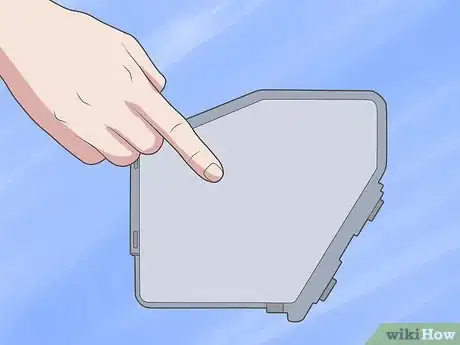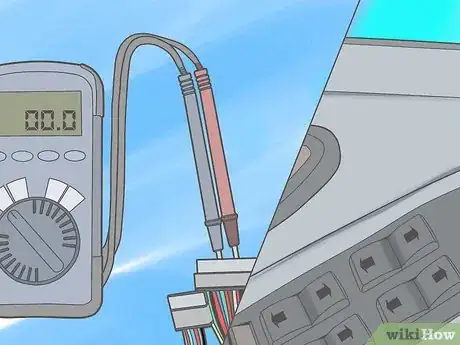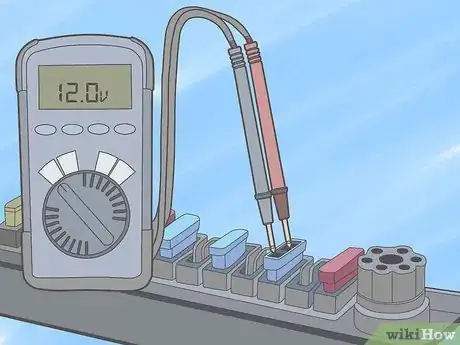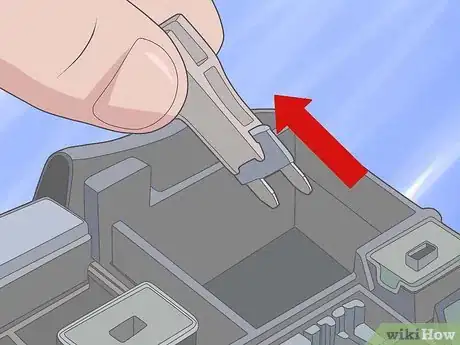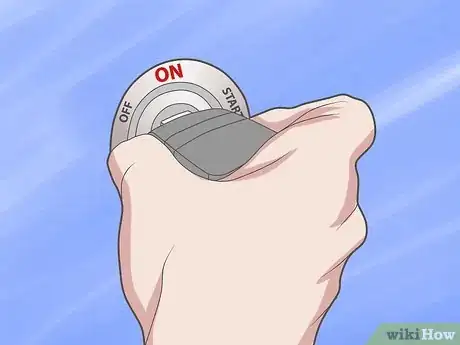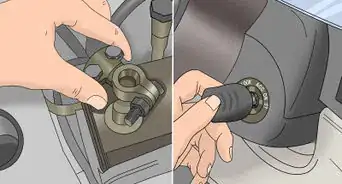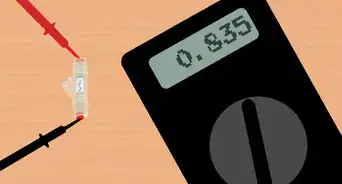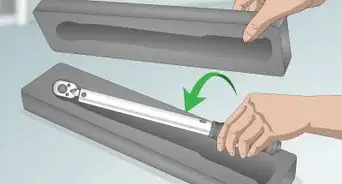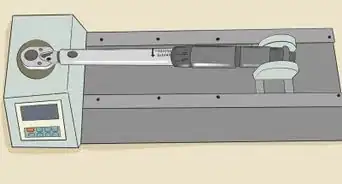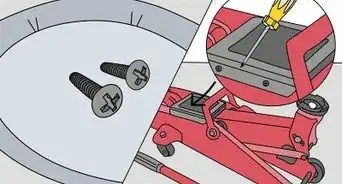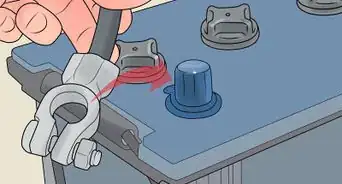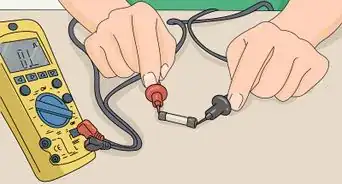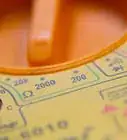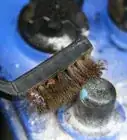X
wikiHow is a “wiki,” similar to Wikipedia, which means that many of our articles are co-written by multiple authors. To create this article, 9 people, some anonymous, worked to edit and improve it over time.
There are 7 references cited in this article, which can be found at the bottom of the page.
This article has been viewed 71,180 times.
Learn more...
Learn how to quickly and safely change the fuses in your car and get back on the road without letting a dealership or mechanic get the best of you.
Steps
Method 1
Method 1 of 2:
Locating and Diagnosing
-
1Make sure it's a fuse issue. When one circuit has too much electricity flowing through it, the fuse blows to prevent serious damage and even fire. The best way of knowing if a fuse has blown, is if an electric component instantly stops working i.e. window stops while rolling up or down, radio stops workings, or all of the dash lights go out at once. If an electric component has been slowly getting worse, it is not likely a fuse but it is still good to check the fuses regularly.[1]
-
2Find the fuse panel.[2] The owner's manual will tell where the vehicle's fuse panel is. Most models situate the fuse panel on the driver's side of the dashboard and under the steering wheel, but location varies from vehicle to vehicle. Remove the fuse panel's cover; there will be several different color-coded fuses plugged in. These colors, along with the numbers stamped on the fuses, indicate different amperage ratings. On the backside of the fuse panel there will be a diagram that shows which fuse corresponds with which electrical component. If the owner's manual is unavailable, try contacting a dealership for the location or a simple internet search can provide enough information to locate the fuse panel and specific fuses.[3]Advertisement
-
3Try to test fuses before removing. Once the fuse panel is located, remove the cover and locate the fuse puller, most vehicles come with a small fuse puller but not all will have one. Before removing any fuses, it is possible to test a fuse before removing it, this requires either a continuity test light, or a multi-meter / ohm meter.[4]
-
4Test the suspect fuses. To test a fuse without removing it, using the two probes of either the test light or multi-meter, touch the two small metal tabs located on the top of the fuse. These tabs can be tricky to connect to, but once sure that the probes are making contact, if the fuse has continuity (test light lights up) or has a resistance reading (may read 0 or 0.001milli-ohm) then the fuse is good. If these tools are unavailable, simply use the fuse puller that was in the fuse panel, or a small pair of pliers, or just bare fingers to remove and visually inspect any fuses. If the fuse is bad, it needs to be replaced.[5]
Advertisement
Method 2
Method 2 of 2:
Fuse Removal and Replacement
-
1When replacing a fuse you must use a fuse that has the same amperage rating. Use the fuse panel diagram, the numbered color-coded fuses and the owner's manual to help you determine the correct amperage for your new fuse. Once you have the right fuse gently push it into the correct slot, make sure it's completely installed, and then put the fuse panel back on the car.[6]
-
2Check the circuit. Once you are done replacing the fuse, turn the ignition and check to see if the circuit giving you trouble is working correctly. If it is working, chances are you just had a temporary surge that blew the fuse. If that's the case, then you just solved the problem.[7]
Advertisement
Community Q&A
-
QuestionCan I remove a fuse and start the car to determine what purpose the fuse serves?
 Akshit SharmaCommunity AnswerIt is most likely written on the fuse box, and is 100% written in the owner's manual, so you don't need to do that.
Akshit SharmaCommunity AnswerIt is most likely written on the fuse box, and is 100% written in the owner's manual, so you don't need to do that. -
QuestionDo I need to reconnect the battery before replacing fuses?
 Logic Johnson LafontaineTop AnswererYes, it's impossible to check if the fuse is working without having battery power.
Logic Johnson LafontaineTop AnswererYes, it's impossible to check if the fuse is working without having battery power. -
QuestionDo the fuses in a car tell you which one are to what part in the car they are for?
 Community AnswerNo, fuses will only tell you how many amps they can take. Check the owner's manual.
Community AnswerNo, fuses will only tell you how many amps they can take. Check the owner's manual.
Advertisement
Warnings
- If you use the wrong amperage fuse, you could cause much worse damage to your vehicle than just a blown fuse.⧼thumbs_response⧽
- DO NOT attempt to diagnose or change fuses with the vehicle running or with the key in the ignition.⧼thumbs_response⧽
- Be careful when removing any trim pieces or access panels to get to the fuse panel as these can break.⧼thumbs_response⧽
Advertisement
References
- ↑ https://carfromjapan.com/article/car-maintenance/replace-blown-fuse-in-car/
- ↑ http://knowhow.napaonline.com/learn-how-to-replace-a-car-fuse/
- ↑ https://www.2carpros.com/articles/how-to-check-a-car-fuse/
- ↑ https://www.samarins.com/diagnose/check-fuse.html
- ↑ https://www.youtube.com/watch?v=w44aQ7dc_Lk
- ↑ https://www.dummies.com/home-garden/car-repair/electrical-system/how-to-change-a-vehicles-fuses/
- ↑ https://www.dmv.org/how-to-guides/fuse.php
About This Article
Advertisement

